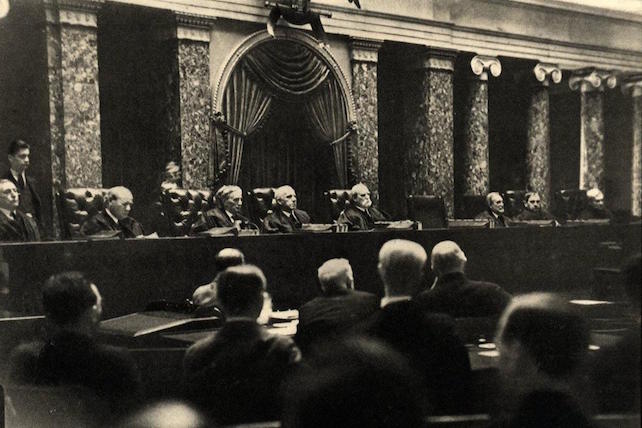It serves just as well to explain the opposition from the religious right to Justice Sotomayor – raised Catholic but a political liberal.
In that time, only four other justices have been appointed: Ginsburg, Stephen Breyer and Elena Kagan – all non-Orthodox Jews on the court’s liberal wing – and David Souter, the last of the Episcopalians until Neil Gorsuch’s arrival.
Lopsided court
Religious conservatives have been remarkably effective in recent years in getting justices who subscribe to their conservative political theology appointed.
If Amy Coney Barrett’s appointment goes through, as it likely will, she will become the eighth appointee who was raised as a Catholic since the installation of her mentor Justice Scalia, and the seventh member of the current court to be raised as a Catholic.
But more to the point, she will become the sixth conservative Christian member of the court, facing off against a liberal wing reduced to one Catholic and two Jewish – but all secularist – justices.
The Conversation is an independent and nonprofit source of news, analysis and commentary from academic experts. The Conversation is wholly responsible for the content.

